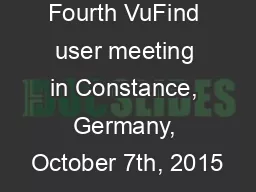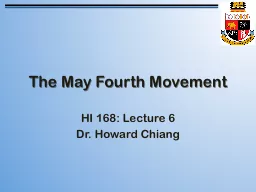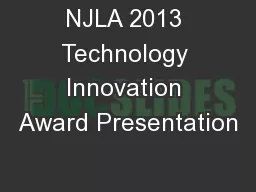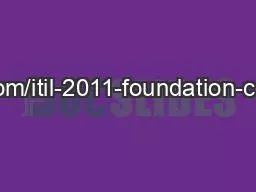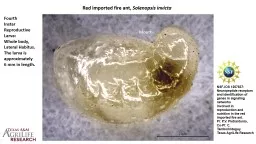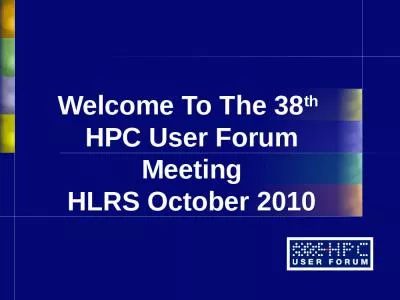PPT-Fourth VuFind user meeting in Constance, Germany, October 7th, 2015
Author : kittie-lecroy | Published Date : 2018-03-22
Have we become a little chubby around the waist Günter Hipler swissbib project University of Basel Library Thoughts and proposals for more components and flexibility
Presentation Embed Code
Download Presentation
Download Presentation The PPT/PDF document "Fourth VuFind user meeting in Constance,..." is the property of its rightful owner. Permission is granted to download and print the materials on this website for personal, non-commercial use only, and to display it on your personal computer provided you do not modify the materials and that you retain all copyright notices contained in the materials. By downloading content from our website, you accept the terms of this agreement.
Fourth VuFind user meeting in Constance, Germany, October 7th, 2015: Transcript
Download Rules Of Document
"Fourth VuFind user meeting in Constance, Germany, October 7th, 2015"The content belongs to its owner. You may download and print it for personal use, without modification, and keep all copyright notices. By downloading, you agree to these terms.
Related Documents

